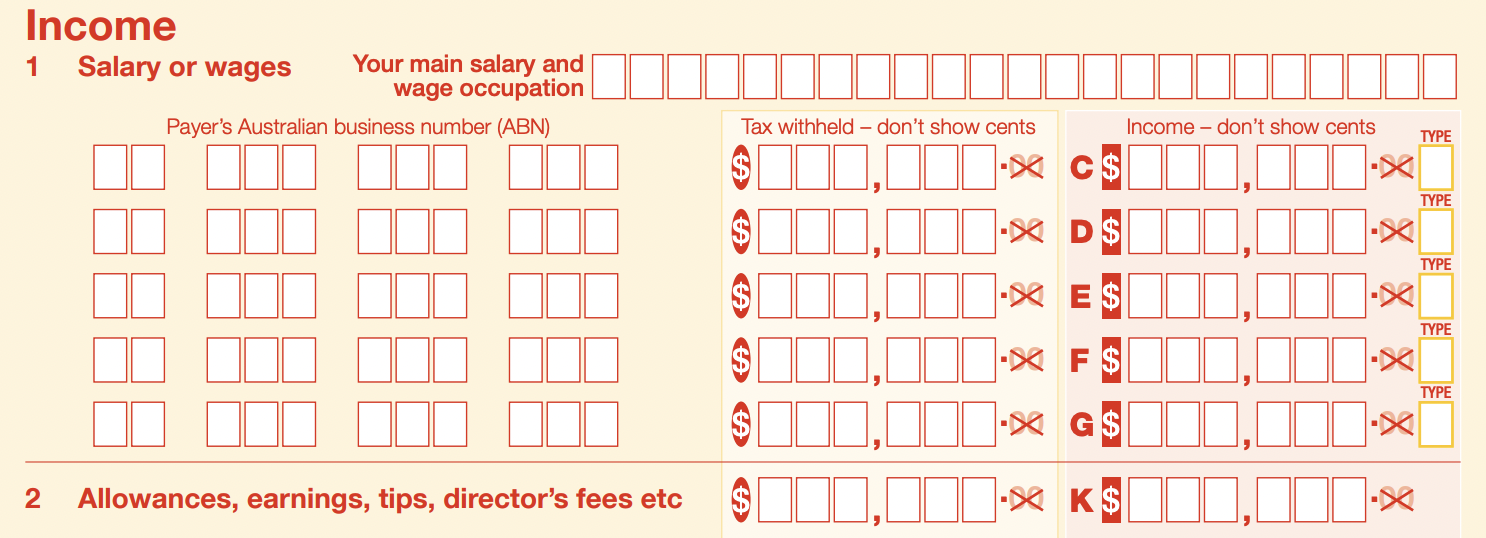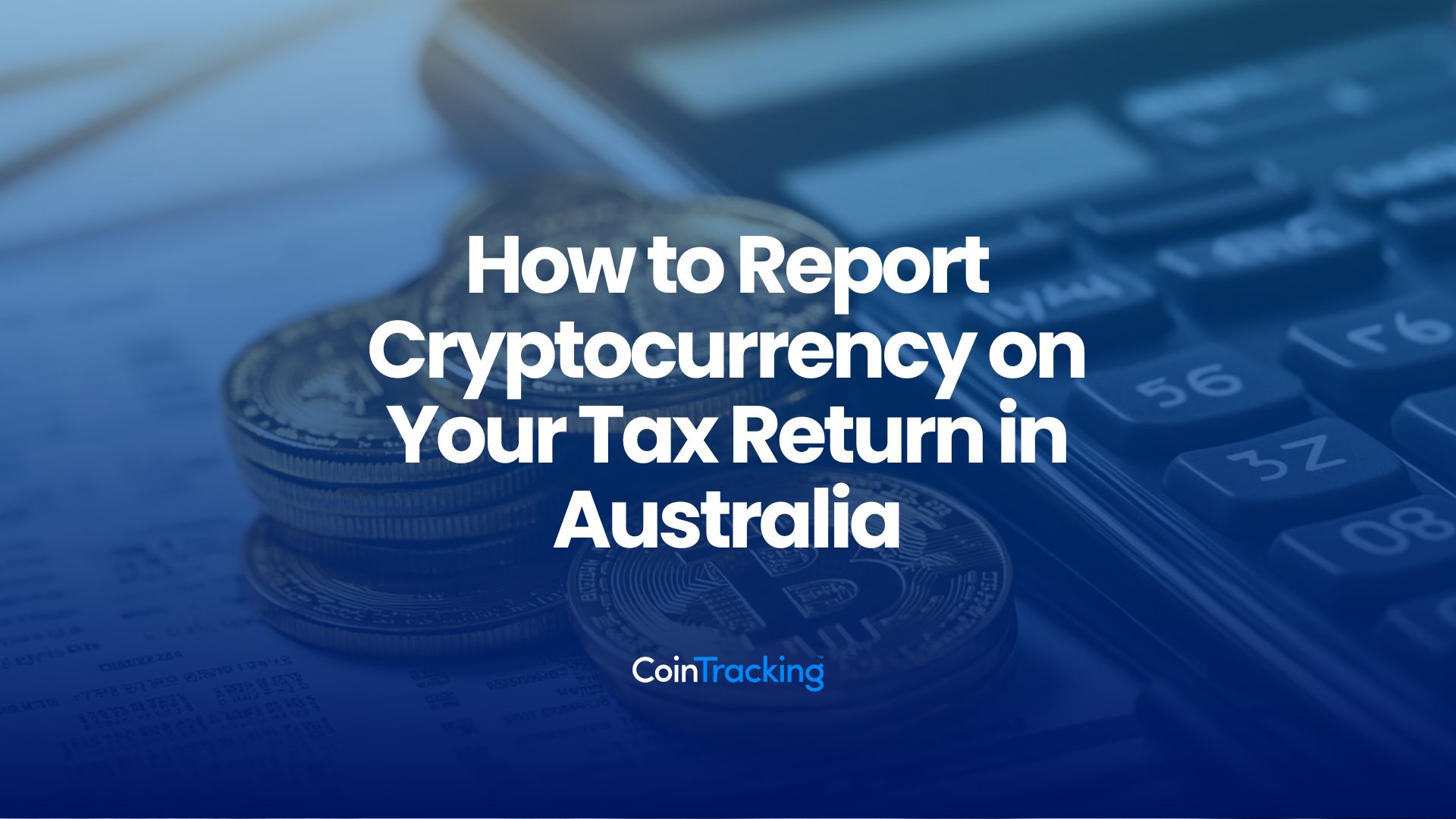Wondering how to report crypto in your tax return in Australia this year? We’ve got the guide you’ve been looking for!
From how crypto taxes work in Australia to understanding how to accurately report your capital gains/losses and income in the right tax forms, we’ve got you covered.
Let’s dive into the details of reporting crypto taxes in Australia in 2025 and beyond.
KEY TAKEAWAYS About How to Report Crypto on Taxes in Australia
- Cryptocurrencies are taxed in Australia as either capital gains or income, depending on the type of transaction;
- When selling or trading crypto, investors need to calculate and report capital gains;
- When earning crypto-related income, taxpayers are required to pay income tax on that revenue;
- Australian taxpayers can report their crypto taxes using an online government service or by paper forms before the tax deadline on October 31;
- The easiest way to track all of your gains and income is to automate that process with a crypto tax calculator like CoinTracking.
Do I Have to Pay Crypto Taxes in Australia?
Yes. Investors selling cryptocurrencies for other cryptocurrencies or FIAT (e.g., AUD) will have to pay capital gains tax on their profits. Whereas, earning any crypto-related income, from activities like airdrops, hard forks, crypto interest, or staking rewards, will be taxed under income tax.
The tax rate depends on the investor’s tax bracket. This applies if you are considered a casual investor and not a professional trader. In the latter case, business taxes apply instead of personal income tax.
If you’re classified as a casual investor in Australia, there are ways to reduce your personal income taxes like holding your crypto for over 12 months before selling. In that case, you may be eligible for a 50% discount on your gains, meaning only half of your capital gains are added to your taxable income, effectively reducing your taxes.
Here are the income tax brackets in 2025 for crypto investors:
Your Crypto Portfolio Manager
How to Return Your Crypto Taxes in Australia
In Australia, investors are responsible for tracking their gains/losses and income each tax season and reporting them using the appropriate tax forms.
Investors have to determine their crypto income and gains each tax season - between July 1, 2024 and June 30, 2025 - and report their tax return by the Australian deadline: October 31, 2025.
Investors can file their crypto taxes, including gains and income, by using an online government service, myTax, or by paper forms.
Creating a Crypto Tax Return Made Easy
Which Tax Forms Do You Need to File Crypto Taxes in Australia?
In Australia, investors must keep detailed records of their transactions and report their income and gains in the appropriate tax forms.
Each tax season, investors need to track and store the following information:
- Cost basis
- Sales proceeds
- Capital gains/losses
- Fair Market Value (in AUD) of crypto-income activities (e.g., staking)
- Purchase and sale dates
- Types of assets (and their purpose)
- Wallet addresses involved in transactions
Investors must typically report this information in their tax return for individuals and in its supplementary section if they choose to file taxes via paper form. Alternatively, investors can calculate and organize their crypto data with a tax tool like CoinTracking, then submit the return via the government’s online service, myTax.
In some cases, if total capital gains or capital losses exceed $10,000, you may also be required to file a Capital Gains Tax Schedule.
GUIDE: How to Report Your Crypto Taxes in 3 Steps
You need to calculate your total income, capital gains, losses, and any eligible deductions to correctly file your crypto taxes in Australia. After entering your personal details, you can report this information using the ATO’s online platform, myTax, or submit it via paper forms. Here’s how to file your crypto tax return in 3 steps using paper forms in Australia:
1. Add Your Crypto Income to the Tax Return for Individuals
The first step to report your crypto taxes is to determine the total income you had from crypto activities each tax season, including earnings from airdrops, staking rewards, or other income-generating events. This amount will be reported in your Tax Return for Individual (2025 version) in the box number 2 of the “Income” section.

2. Answer the Declaration in the Tax Return for Individuals
If you have realized capital gains from crypto trading, you’ll need to answer “Yes” to question number 1 of the “Taxpayer’s declaration.”

3. Report Your Capital Gains in the Supplementary Section
In the supplementary section of the Tax Return for Individuals, you’ll need to report your total capital gains (H), total losses (V), and the net capital gains (A) under question number 18 of this form.

How to Report Crypto in Other Countries
Let’s take a look at how other countries – including Canada, the UK and US – tax cryptocurrencies and how their regulations differ from crypto tax rules in Australia.
Canada
In Canada, crypto investors have to report their capital gains and income by April 30. If you’re investing as an individual and not operating under a business, only 50% of your gains are taxable. Investors have to file their annual tax return along with Schedule 3 (Capital Gains), while there are additional requirements you should know about. Please review all the details in our Canada crypto tax guide.
United States (US)
In the US, investors need to track gains/losses and income from their crypto activities and file/pay their taxes by April 15. Typically, this involves submitting Form 1040 (the US Income Tax Return), along with Form 8949 and Schedule D of Form 1040. Discover the key information about US crypto taxes from our guide.
United Kingdom (UK)
In the UK, investors must determine their gains/losses and income from crypto trading and earning activities and report it to the HMRC by January 31. This typically involves filing a Self Assessment Tax Return, including SA108 and SA100 forms online or via paper. Discover more about UK crypto taxes in our 2025 guide.
Track Your Crypto Portfolio
Conclusion About How to Report Crypto Taxes in Australia
Cryptocurrencies are subject to tax in Australia. That means investors must calculate their gains/losses and income from activities like trading, airdrops, staking, mining.
As a result, investors have to report their crypto taxes, online or via paper, in the appropriate sections of their crypto tax return.
To make this process easier and reduce the risk of errors, investors should use a crypto tax calculator like CoinTracking that helps to organize and summarize all relevant data in an easy-to-read tax form.
Note: This article is for informational purposes only and does not constitute financial or tax advice. Always consult with a professional before making any decisions.



%20Square.jpg)


